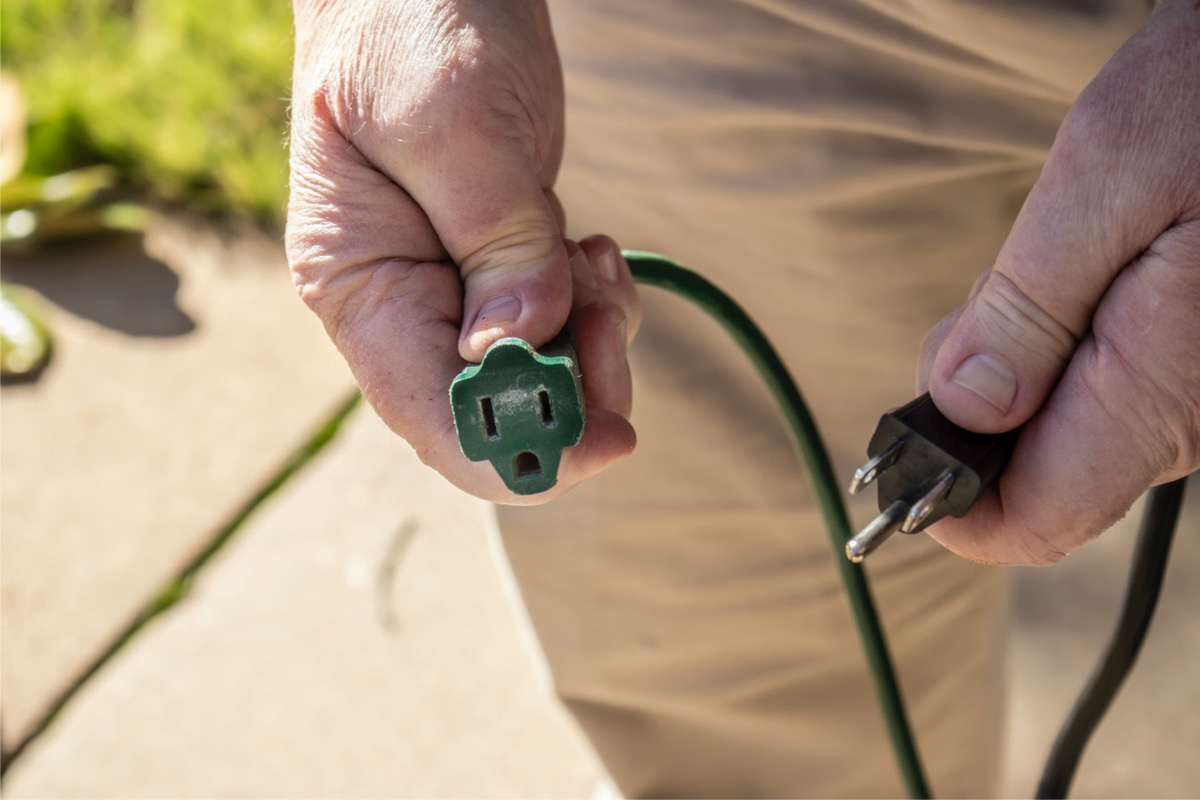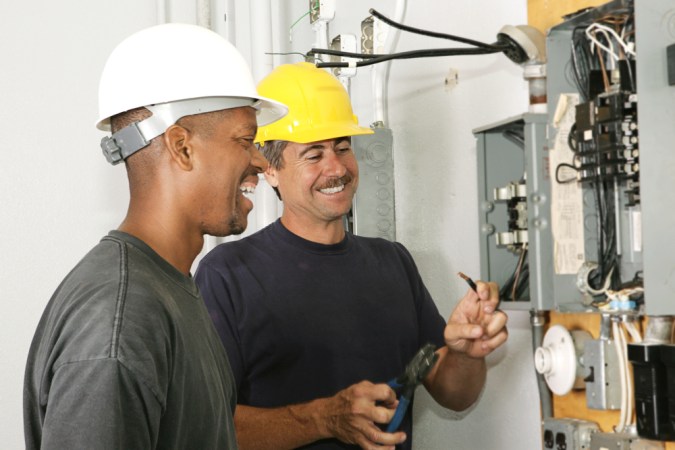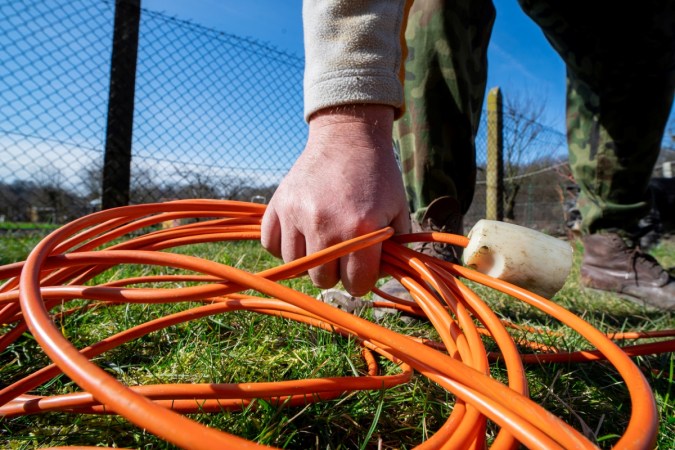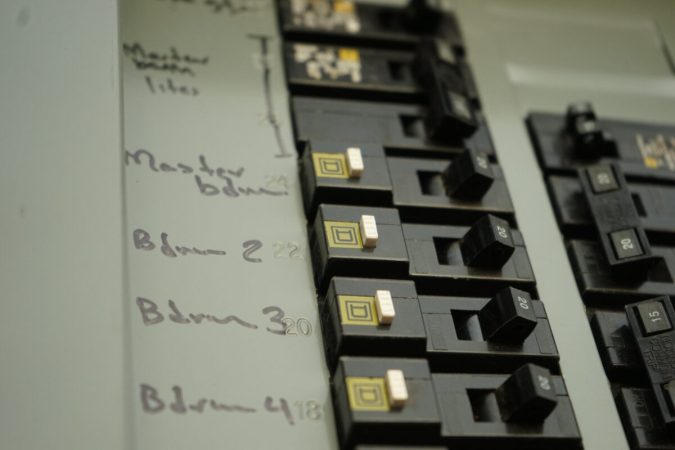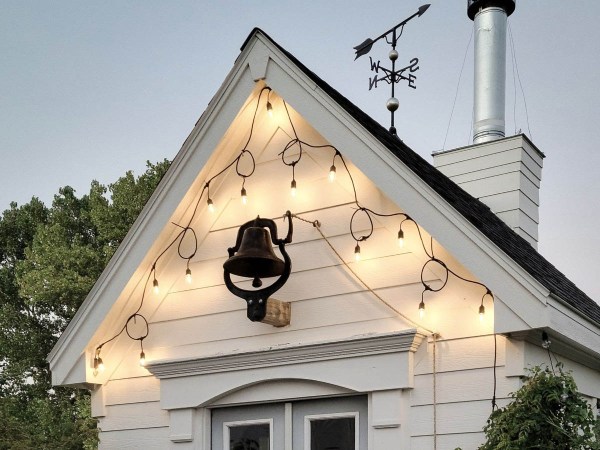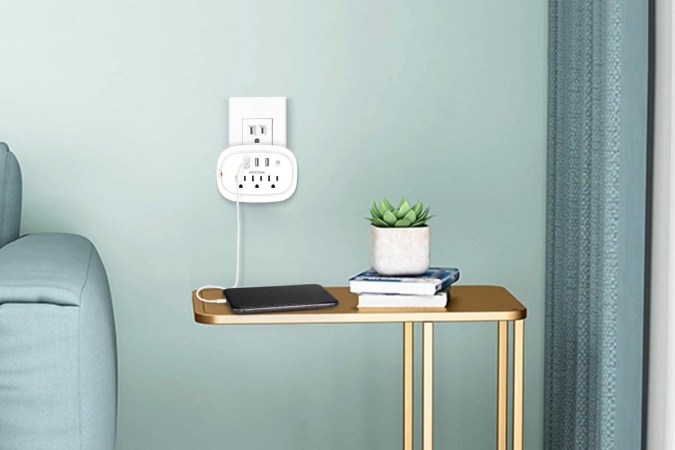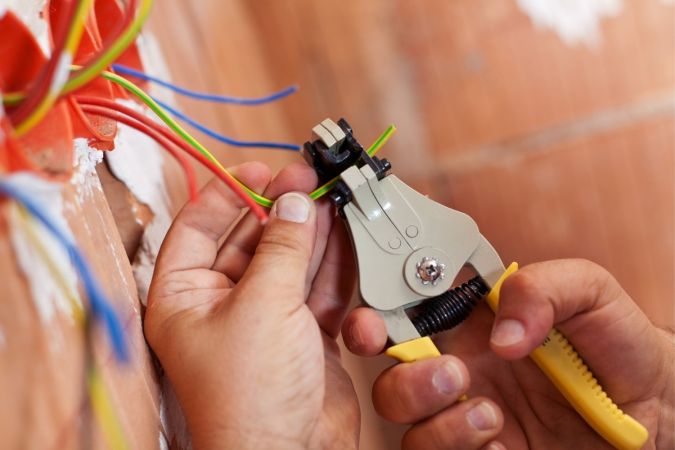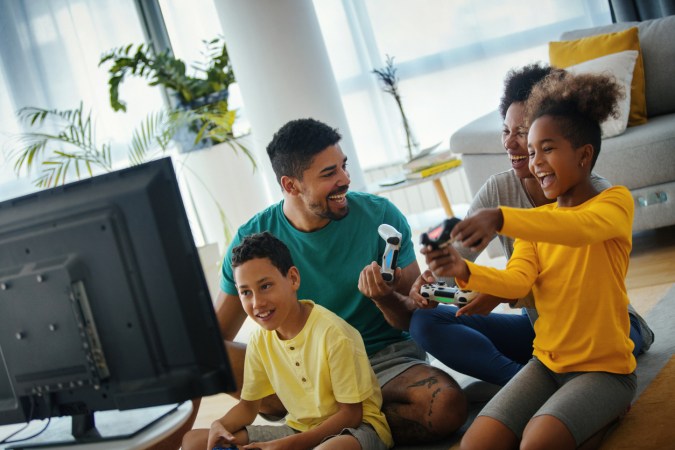We may earn revenue from the products available on this page and participate in affiliate programs. Learn More ›
Extension cords are very handy when powering small appliances, yard tools, and electronics that otherwise wouldn’t be able to reach the nearest electrical outlet. However, extension cord safety is essential for avoiding potential fire hazards. According to the Electrical Safety Foundation, improper extension cord use leads to more than 3,000 house fires each year.
Continue reading to learn more about electrical safety and how to choose the right extension cord for any given task.
How to Choose the Right Extension Cord
If you’ve shopped for an extension cord before, you are likely aware that there are many different options available, such as extension cords with a switch and those without. Extension cords can also have different lengths, wire gauges, amperage limits, and designations that will impact whether they are appropriate for the task at hand.
RELATED: 16 Problems a Power Outage Can Cause at Home
Cord Length, Wire Gauge, and Amperage Limits
An extension cord’s length, gauge, and amperage limits all play a role in determining whether it is suited for a project.
Gauge refers to the thickness of the extension cord wire. Cords with a lower gauge have a thicker wire, and thus, a higher capacity. For example, a 10 gauge extension cord will be thicker than a 14 gauge extension cord and able to supply more power.
Amperage indicates the amount of power the extension cord can handle. You will need to confirm that the amp rating on the extension cord is higher, or at least the same, as the device you plan to use with it. A 20 amp extension cord can be used to power a device requiring 16 amps of power, but should not be used for a 30 amp device.
Length also comes into play. The longer an extension cord is, the greater its electrical resistance will be. As electrical resistance increases, the amount of power the cord can deliver to a device decreases. For instance, if you’re trying to power an appliance with a 25-foot extension cord, a higher wire gauge would be acceptable. A 25- to 50-foot 16 gauge extension cord can power up to 13 amps. However, a 100-foot extension cord can only power up to 10 amps, and a 150-foot cord can only power up to 7 amps.
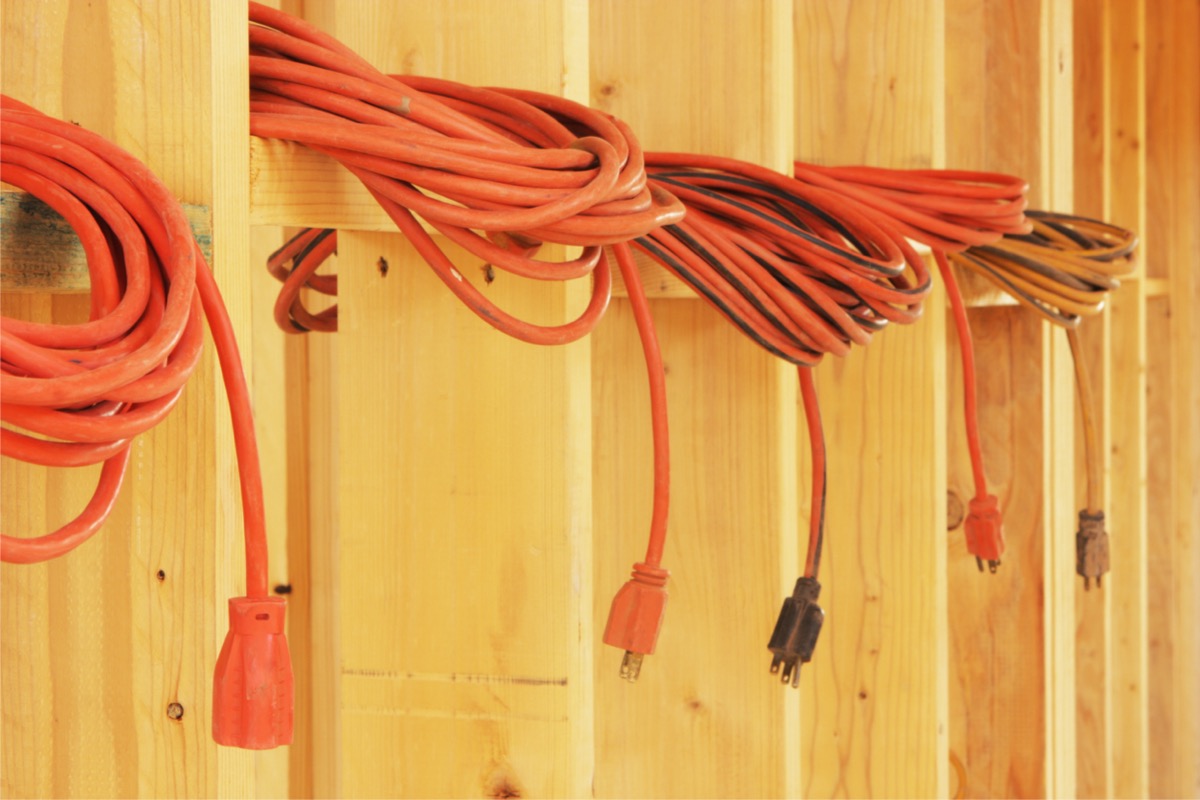
Extension Cord Designations
The letters imprinted on an extension cord provide information about the cord’s designation and the types of tasks and work areas that may be best suited for the cord. Common extension cord designation letters include:
- S: General indoor use
- W: Rated for use outdoors
- J: 300-volt standard insulation
- T: Vinyl thermoplastic cord jacket
- E: Thermoplastic elastomer rubber cord jacket
- P: Parallel wire construction
- O: Oil-resistant
RELATED: Solved! What to Do If an Electrical Outlet Isn’t Working
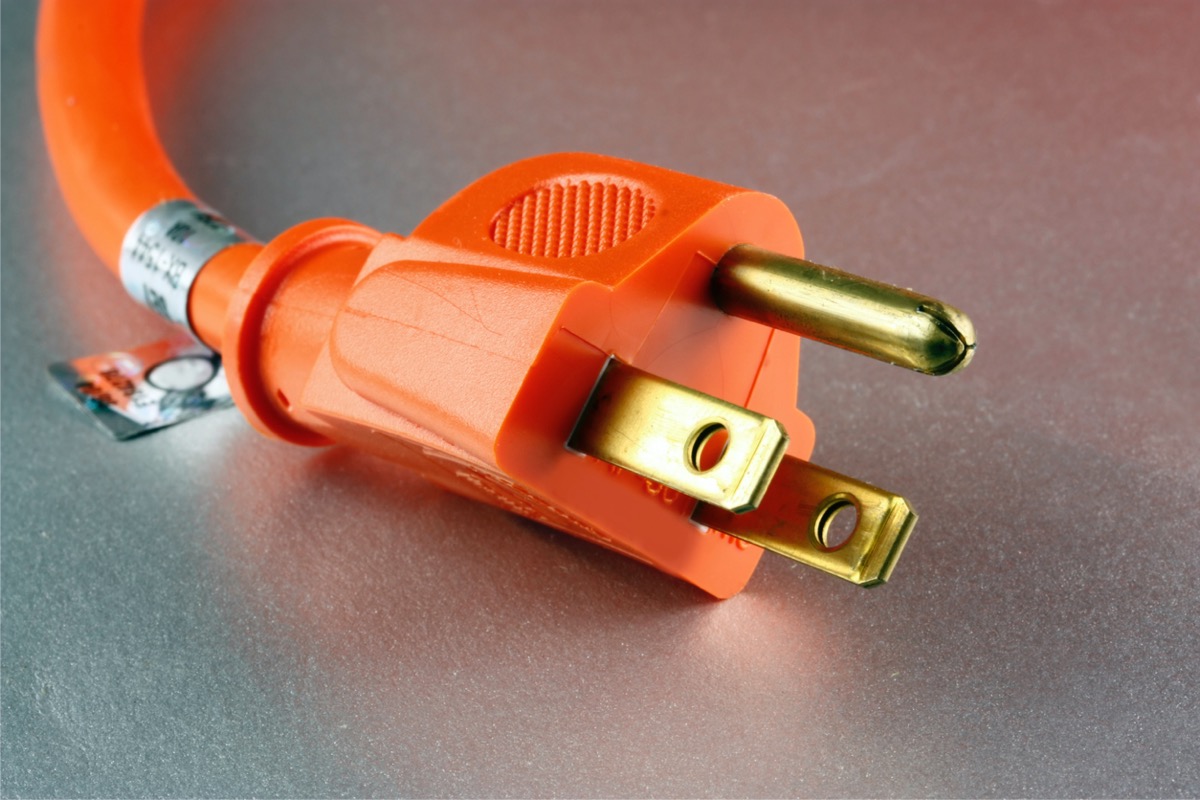
Important Dos and Don’ts of Using Extension Cords
Keep these important dos and don’ts in mind the next time you are choosing an extension cord for a task.
-
Do check an extension cord for any signs of damage before using it.
- Do cover the unused receptacles on an indoor or outdoor extension cord with multiple outlets.
-
Do purchase extension cords labeled by an independent laboratory, like the Underwriters Laboratories (these cords should have a UL stamp).
-
Do keep extension cords away from standing water and snow.
- Do pay attention to an extension cord’s rating and designation to ensure it matches the task at hand.
-
Do roll up extension cords neatly and store them indoors when they are not in use.
-
Do unplug extension cords that are not currently being used.
-
Do check to make sure the extension cord is fully inserted into an electrical outlet.
-
Do plug extension cords into GFCI-protected outlets if they’ll be used in damp or wet areas.
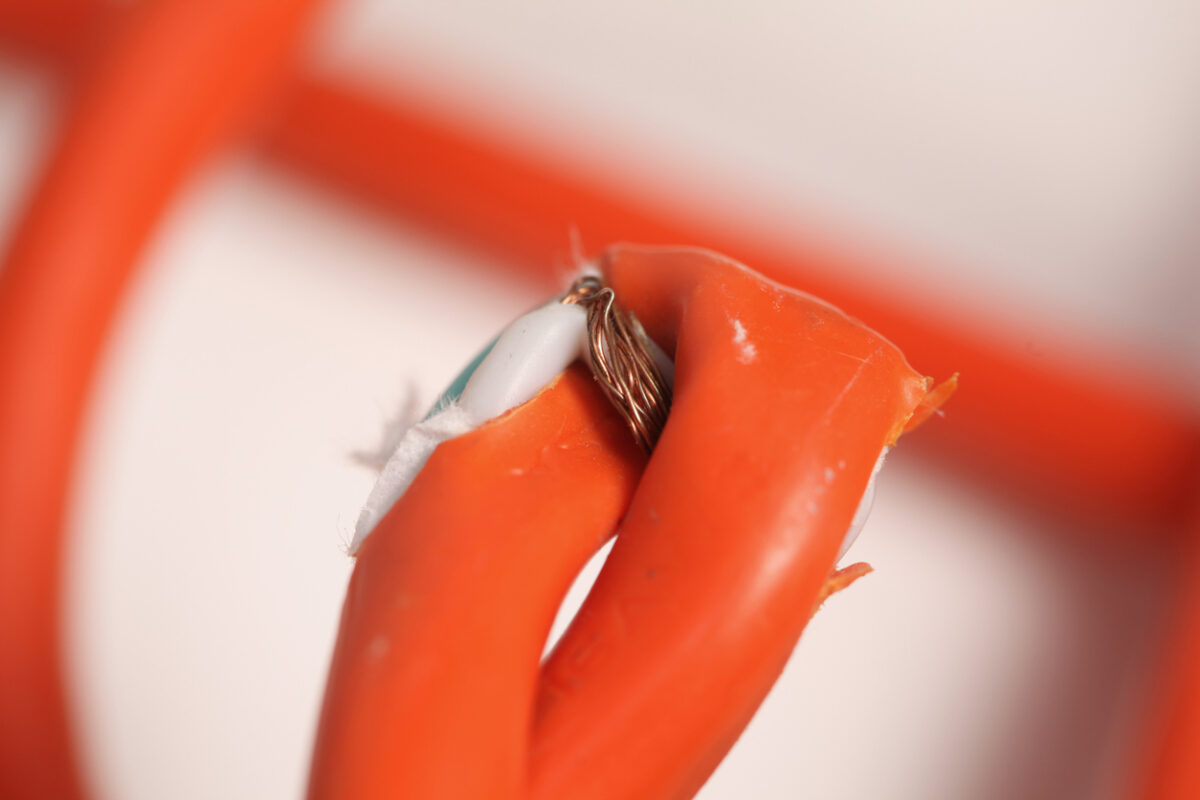
RELATED: 14 Clever Cable Management Solutions Under $50
- Don’t use an indoor extension cord outdoors.
-
Don’t plug a space heater into an extension cord; space heaters should only be plugged directly into an outlet to reduce the risk of fire.
- Don’t use a long extension cord when a shorter one will work.
-
Don’t overload a power extension cord with more than it can handle.
-
Don’t try to force an extension cord with three prongs into a two-prong outlet.
-
Don’t staple or nail extension cords to the ground, walls, baseboards, or other areas.
-
Don’t allow children or pets to get close to plugged-in extension cords.
-
Don’t connect multiple extension cords or power strips together.

